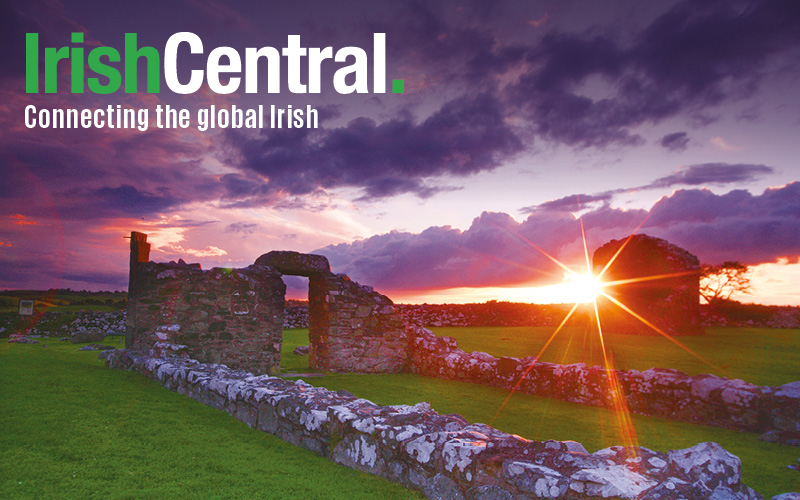Findmypast is working in partnership with IrishCentral to share fascinating insights into your Irish ancestors. Click here to get a special half price subscription, and discover your Irish roots today!
Tracing family members who fought in WW1 has become infinitely easier over the last few years thanks to the digitisation of millions of records previously buried in inaccessible archives.
Firstly, a lot exists about those who died in the war. The Commonwealth War Graves Commission maintains a fairly comprehensive database of graves of soldiers who died which can be viewed on their website. A committee was also established in Ireland shortly after the end of the war to do the same for those Irish who died. The result was a massive 8 volume record of the 49,300 men of Irish birth or association who were killed. Entitled Ireland’s Memorial Records it was lavishly illustrated by the artist Harry Clarke. Only 100 sets were ever printed, but thankfully it is searchable and viewable on several web sites, including Findmypast. Neither resource is complete, or always accurate. The In Flanders Fields Museum is now working with Google and Eneclann to improve these details online. But authors like Tom Burnell and others have been trying to produce definitive details for every county in Ireland, and have published books for Wicklow, Carlow, Waterford and many others. Some of this work is available online at findmypast.com too.
British military service records are an essential resource, but many of the ones for WW1 were destroyed during WW2 when London was bombed. Out of 6.5 million service records that originally existed, only 2 million survive. However, this is just one of many sources of information about the soldiers. There are the service records of another 750,000 men who were discharged for medical reasons prior to end of the war, or were eligible for a pension because their service came to an end before 1920. Also surviving are the records of awards of medals. Over 5 million cards survive detailing what medals individual men and women were entitled to. But you can also bring to life the history of any soldiers’ experience. All units were required to maintain war diaries detailing what happened day by day during the war. Once you know which units any person was assigned to you can literally track their progress through the war by using these records. There is much more surviving in the National Archives too, and their web site is an excellent resource to learn more about what they hold, and what is online (nationalarchives.gov.uk).
The premier collection of online records concerning all the men who served on the British side is on findmypast.com. There you’ll find many of the records from the National Archives in Kew, as well as the records of the Pals Regiments, which were set up to allow young men to serve alongside their friends, work mates, neighbours, team members, or school friends. They have also published many of the records of nurses who operated all over Europe during the war.
But the Irish didn’t just serve in the British army, they were also numerous in Australian, Canadian and of course American forces. Australian Imperial Force Embarkation Rolls record just over 2,000 soldiers who list their next of kin as residing in Ireland. World War I Draft Registration Cards in the USA record some 88,000 individuals that list Ireland as either their place of residence or place birth.
For more stories on tracing your Irish heritage from Findmypast click here.




Comments